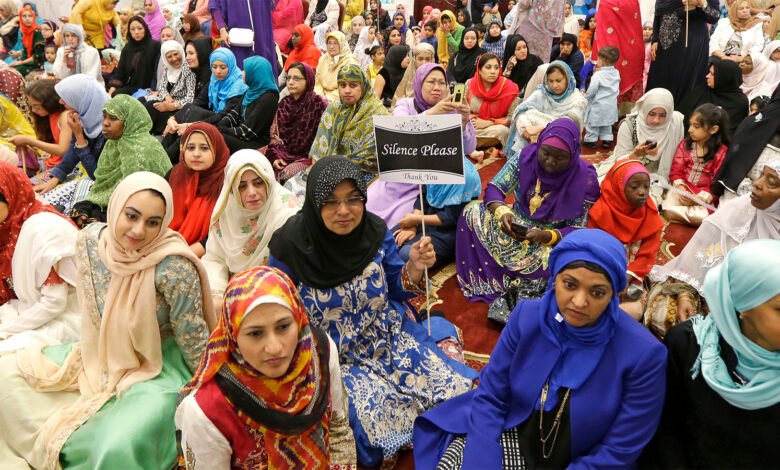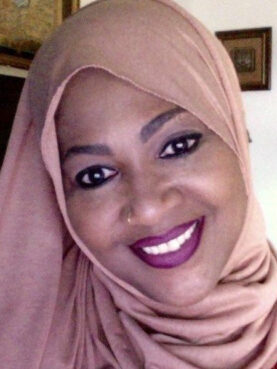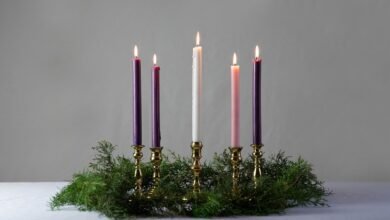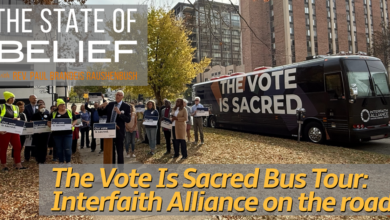Why we need women’s mosques

(RNS) — In late March, Rabi’a Keeble, the founder of Qal’bu Maryam, a women-centered mosque in Berkeley, California, announced her decision to close the place of worship due to diminishing resources and declining attendance.
Qal’bu Maryam, which means “Mary’s heart,” referring to the mother of Jesus, opened in 2017. At the time, it was one of only three “women’s mosques” in the United States, along with Masjid al-Rabia, an LGBTQ-affirming and women-centered mosque in Chicago, which closed in 2024, and The Women’s Mosque in Los Angeles.
While the concept of a women’s mosque is groundbreaking, it is not unprecedented. Aisha, prophet Muhammad’s wife, led other women in prayer. In China, women’s mosques began to emerge in the late 16th century; the oldest surviving women’s mosque in China is Wangjia Alley Mosque in Kaifeng, Henan province. Women’s mosques have also existed historically in Sudan and Somalia.
In Western Europe today, Amsterdam, Copenhagen, Paris and Birmingham, UK, are all home to women’s mosques, all founded in the 2010s to address the lack of women in leadership in mainstream mosques and often disappointing prayer spaces for women in mosques led by men.
To illustrate the problem of women’s marginalization in mosques, Hind Makki, a Muslim American woman, curates a blog with pictures of women’s prayer spaces titled “Side Entrance.”

Rabi’a Keeble, the founder of Qal’bu Maryam. (Courtesy photo)
Similar concerns led to founding The Women’s Mosque of America and Qal’bu Maryam. At the time, Keeble said the mosque would be “a place for everybody,” where women can “get the truth of Islam minus the patriarchy and male agendas that so often cloud it.” Her understanding of what constitutes a women’s mosque is one that is “led, controlled, and maintained for the purpose of providing Muslim women a safe, unrestricted place of worship and learning. Women are in leadership.”
But both Keeble and L.A.’s Women’s Mosque founder, M. Hasna Maznavi, stressed that their places of worship intended to develop a healthy relationship with men who supported the idea of women’s empowerment. Men were welcome to pray at Qal’bu, which foregoes gender separation arrangements present in most mosques, such as curtains or balconies.
Keeble’s vision of men and women worshipping together was inspired by the Islamic theologian Amina Wadud, one of Qal’bu Maryam’s advisory board members, who in 2005 led a well-publicized mixed-gender prayer, harshly denounced by many traditional Muslims.
Women’s mosques and initiatives help build strong networks of women who can support each other in their faith journeys. They mobilize support for anti-racism, homelessness and opposing Islamist regimes that mandate conservative women’s dress codes, along with a host of local and varied social justice causes.
Opposition from conservative Muslim institutions and individuals seems to be a given. Imam Waseem Hussein, chairman of one of Copenhagen’s biggest mosques, criticized his city’s women’s mosque and the trend as a whole. But Naz Shah, a female British Labour Party Member of Parliament, considered a progressive Muslim, has equally argued that women’s mosques only segregate men and women further during prayer, to the detriment of their communities.
At the time of its founding, Qal’bu Maryam received much less media attention than The Women’s Mosque of America, and its congregation was smaller. It has been forced to move several times, at times becoming homeless. Initially housed at the Starr King School for the Ministry, a Unitarian Universalist seminary, Qal’bu Maryam relocated to a church and then a “leftist group’s space,” said Keeble.
During its time at Starr King, the mosque was successful in attracting members given the “open-minded environment of Berkeley and the support from students,” explained Keeble. But the lack of its own venue caused the congregation to disperse, and volunteers did not come forward as willingly.
There was also opposition from the local Muslim community. “We were next door to an Islamic school that was traditional,” Keeble told me after she had closed the mosque this spring, describing challenges at Starr King. “And there was tension, of course, because I didn’t like the way they did things, and I was trying to counter the idea that men and women had to learn separately.”
“This was not an easy choice, but it is a necessary one. The season for this work has come to a graceful end, and I believe it’s time to let it rest — complete, honored, and whole,” wrote Keeble in an email announcing the closure to members and supporters.
“I will continue to be a women’s advocate,” she wrote, “and to support LGBTQ rights through prayer and contemplation. My devotion to God remains steadfast, and I will forever be on that path. Please pray for me, and I will remember all of you and your support and generosity.”
In our interview, Keeble emphasized a profound lesson she had learned from founding Qal’bu Maryam: Doing something radical can engender both fierce opposition and support. “If you try to change people’s way of thinking, you’re going to run up against resistance, but you’re also going to get a lot of support and acceptance. And that surprised me—how much acceptance and support I did get, which really made it so much easier to carry on.”
On April 3, news broke of the death of Maznavi, the founder of The Women’s Mosque of America, at age 39.
The story of women’s mosques in the United States and globally is one of resilience and reinvention, where women have carved out spaces for themselves when they were excluded from leadership. While Qal’bu Maryam may no longer be a physical place of worship, its impact reverberates through the networks of empowerment, solidarity and hope it fostered.

Anna Piela. (Courtesy photo)
As The Women’s Mosque of America is now the only one of its kind in the country, it is a beacon of possibility, one that will undoubtedly continue to inspire future generations of Muslim women to reclaim their space in faith and leadership. The struggle for religious authority and mosques free of patriarchal constraints may be difficult, but it is far from over — and in that truth, there is hope.
(Anna Piela, an American Baptist Churches USA minister, is a visiting scholar of religious studies and gender at Northwestern University and the author of “Wearing the Niqab: Muslim Women in the UK and the US.” The views expressed in this commentary do not necessarily reflect those of Religion News Service.)
Source link





